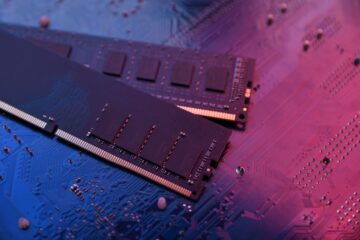The History of CNC Machining

The industrial revolution brought about an explosion of technology and machining. Large scale manufacturing was taking over and it was becoming difficult to keep up with the product demand. Textile, mining, glass making and agricultural industries were all subject to significant development. In the late 18th century, many machines were still made from wood and were manufactured in nearby workshops. It wasn’t until the 19th century that metal machinery came in as a replacement for its wooden counterparts.
At this time men, women and even children were working in factories to help maintain production levels, but then the Factory Act of 1833 was implemented to restrict the working hours of children, setting some working standards and boundaries for factory work. In 1913, assembly lines were introduced by Ford Motor Company. These allocated specific tasks to each individual to help move along production speed and optimise efficiency to the extent that the assembly time was increased twelvefold.
.gif)
The concept of numerical control was introduced by John Parsons of Parsons Corp. The system he developed used coordinates to punch corresponding holes in cards, which he later developed further in an MIT laboratory after joining the U.S. Air Force. The next use for numerical control was a process used in the production of aircraft parts as the use of manual operators was far from time-efficient, whereas numerical control required minimal manual monitoring, whilst significantly optimising production speed and efficiency, whilst maintaining a high degree of accuracy and precision. By the same token, these early numerical control machines had a fairly laborious process for programming machine tools, which made errors moderately frequent and programming languages varied from company to company which was the cause of regular confusion and miscommunication.
After these initial teething problems, more MIT research was conducted for the purpose of developing a universal programming language. This creation of ‘Automatically Programmed Tools’ (APT) was funded by the U.S. Air Force and was released in 1959, with versions of the language still being used today. At this time, these early numerical control machines were programmed via computerised attachments on each machine, as computers were not main stream at this time. Today, however, Distributed Numerical Control (DNC) is used to control multiple machines from a central computer. The technology of CNC + CNC machining has been continuously developed to the extent that their operation requires far less training than their predecessors, with far more user-friendly software, again minimising manual labour and output.











